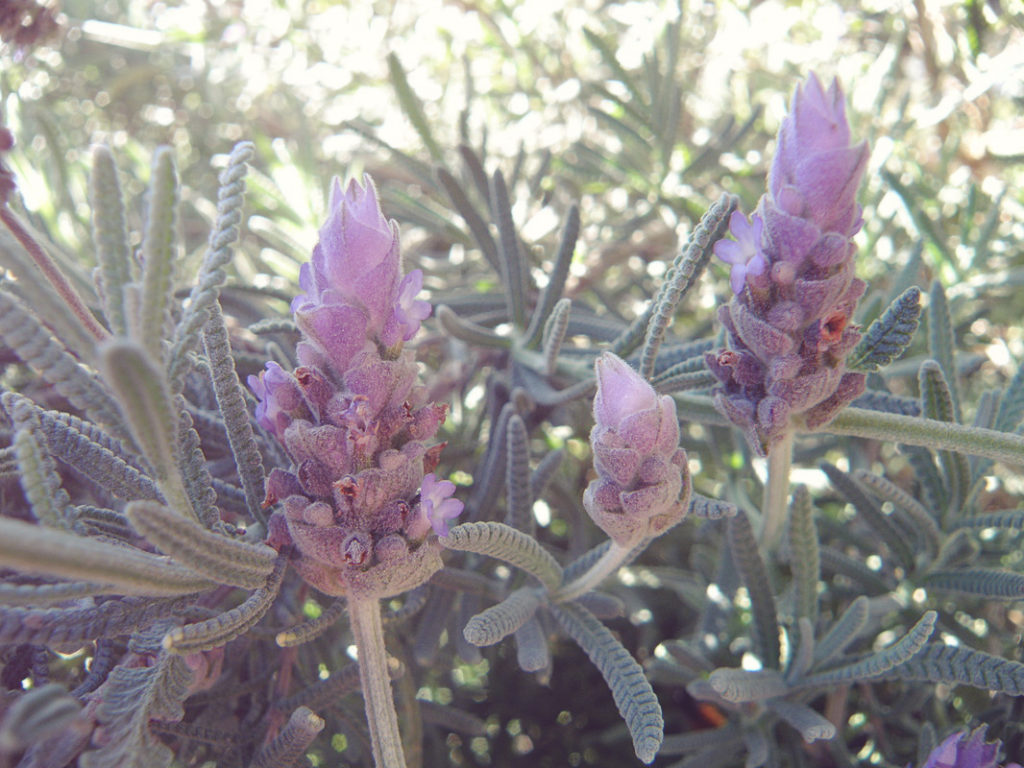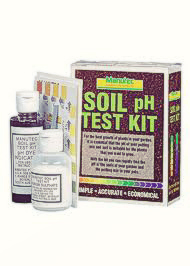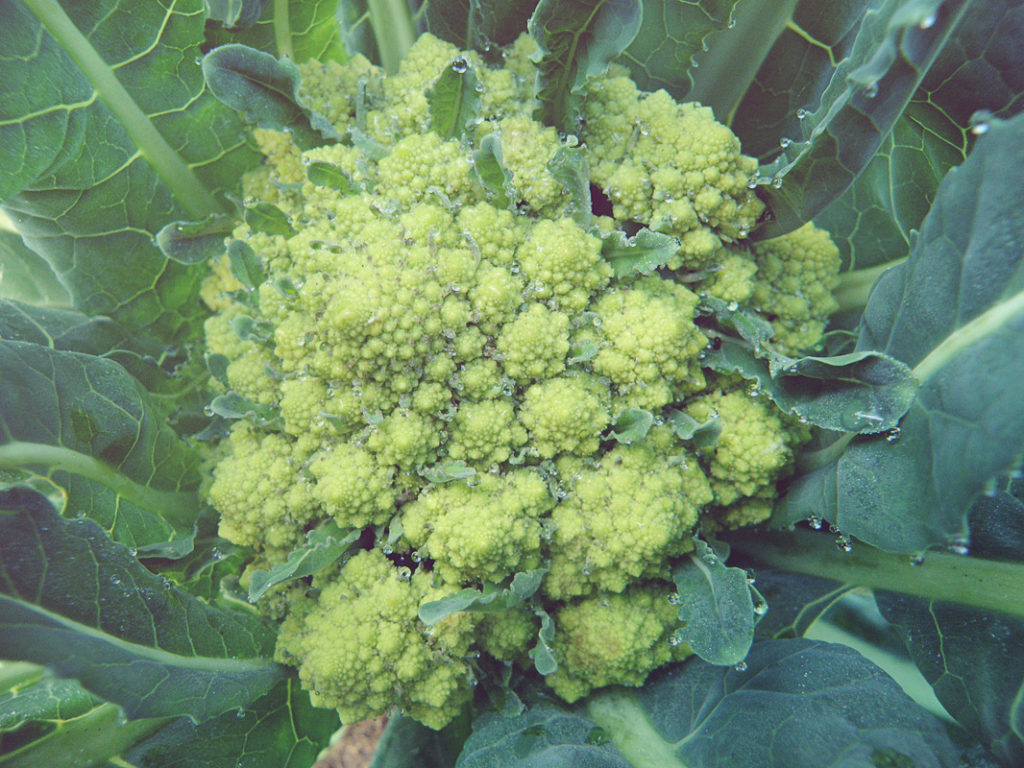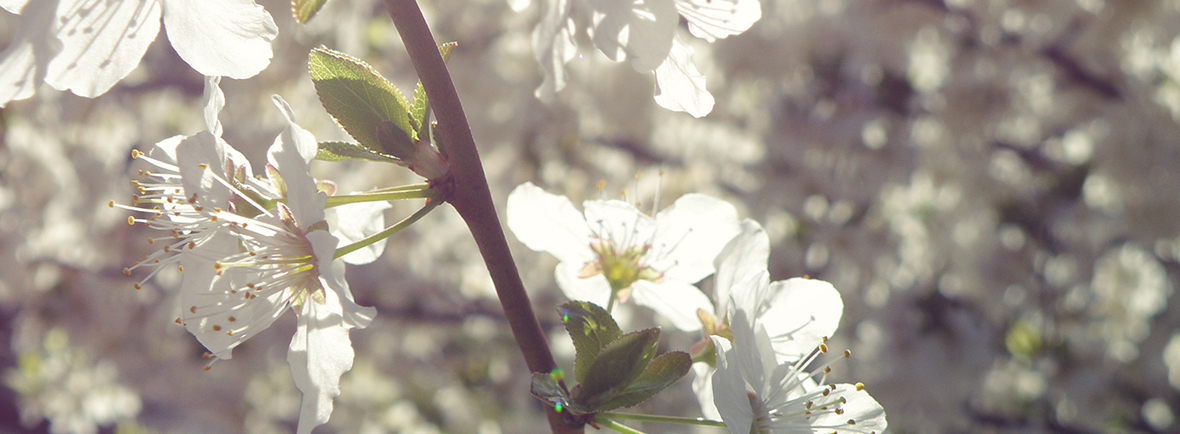The Mystery of Soil pH
Soil pH is one of those mysterious and magical things that people talk about in hushed tones, while the rest of us listen with awe and amazement! But although it can seem complicated, you don’t need a degree in soil science to understand the basics and how they apply to your garden.
Technically, pH is a 0 – 14 scale measuring the hydrogen-ion concentration in the soil. The scale is a series of numbers starting at 0.0, the most acid, up to 14.0, the most alkaline. In other words, soil pH is a measure of your soil’s reaction, or balance between acidity and alkalinity.
A pH reading between 0 and 6 indicates acidity. Examples of strongly acid materials include vinegar, tomato juice and lemon juice; usually foods that have a sour taste. A pH reading between 7 and 14 is alkaline or basic. Sea water is slightly alkaline, whereas household ammonia is strongly alkaline with a pH of 11. The midpoint of the scale, where acid and alkaline elements are in balance, is the neutral point of 7.0, which is neither acid nor alkaline. Pure water has a neutral pH.
Each full step or unit up or down on the scale (say from 6.0 to 7.0 or 7.5 to 6.5) represents a tenfold increase or decrease in the degree of soil acidity. For example, a soil solution with a pH of 6.0 is ten times more acid than one with a pH of 7.0.
In gardening, acid soils are often referred to as ‘sour’ and alkaline soils are often called ‘sweet’. Keep in mind levels between 4.0 and 9.0 are just about the limits for plant growth.
Most garden plants prefer a pH in the neutral range which allows plants to successfully draw nutrients from the soil. Some plants are more specific in their requirements such as lilacs and clematis which thrive in alkaline soils, and rhododendrons and blueberries that like an acid soil. This is often related to the soil type where the plants grow naturally. Lavenders, for example, are native to the limestone soils of the Mediterranean region and prefer alkaline soils.

EFFECTS OF pH LEVELS
Effects of pH are both direct and indirect. If the soil’s pH is not within an acceptable range for the plants you are growing, the plants will not be able to access the nutrients in the soil, no matter how much you feed them.
Direct effects can be critical. In the case of a soil that is too acid or too alkaline, there are two main issues:
1. Toxic effects on the plants themselves
2. An unfavourable balance between acid and alkaline elements needed by plants.
Indirectly the pH can have an effect on one or more of the following:
1. Whether essential elements are available to plants
2. Build up and effect of toxic elements
3. Physical condition of the soil
4. Plant diseases and deficiencies
For example in soils with a pH over 7, iron, zinc, and manganese may be unavailable to plants. On the other hand, acid soils with a pH of less than 6 commonly have deficiencies in calcium, magnesium, phosphorus and potassium.
Alkaline soils are generally composed of high pH base materials such as limestone (calcium carbonate). High pH soils are more prevalent in arid climates, because rainfall does not leach the calcium and other basic materials out of the soil.
As a general rule, if your garden is looking good and your plants are healthy; your pH is probably fine for what you are growing. If your plants are not growing vigorously and look as if they are having nutrient problems, it may be worth examining your pH. In many cases, soil pH is the key to proper plant growth.
WHAT TO DO
 If you are interested in knowing the properties of your soil or think you have a problem with the pH, test it. There are many types of pH testers available in garden centres and nurseries, and a pH reading can tell you much about what is going on beneath the surface of your garden. Once you know what your pH is, you can either begin to adjust it slowly or choose your plants accordingly.
If you are interested in knowing the properties of your soil or think you have a problem with the pH, test it. There are many types of pH testers available in garden centres and nurseries, and a pH reading can tell you much about what is going on beneath the surface of your garden. Once you know what your pH is, you can either begin to adjust it slowly or choose your plants accordingly.- Add organic matter, such as compost, composted manure, green manure and organic mulch to your soil. Not only will adding organic matter slowly balance your pH over time, it will also increase microbial life, improve the structure of your soil, add nutrients and improve its water holding capacity. Well rotted compost has a pH of about 6.5 and the organic matter will also ‘buffer’ plants against the impact of unsuitable pH in the surrounding soil.
- Add worm castings to provide nutrients in a form that is easily absorbed by plants. Well balanced worm castings should have a neutral or slightly acidic pH.
- Choose plants that will grow in your soil, and are adapted to its pH. If you want to grow something special, you can either change the pH in a part of your garden, or grow them in containers. For example, if you love camellias and azaleas (these thrive in acidic soil), create a garden bed just for them with special soil, or grow them in a pot using acidic potting mix.
- You can amend the pH of your soil with the addition of different elements, but you need to be careful. In general if the soil is too acid, adding calcium ions in the form of agricultural lime or dolomite will raise the pH. If your soil is too alkaline, adding a form of sulphur will lower the pH. What type and how much of these elements you add depend on your soil and test results and it is important to do some research before you start. Lyn Bagnall has an excellent website with some great advice on amending your soil’s pH organically.
http://aussieorganicgardening.com/?p=162

THINGS TO NOTE
1. Adding organic matter or elements to alter soil pH is not a quick fix. It may take a while to register a change in the pH, but altering your soil with natural solutions will be more balanced, effective and long lasting than using chemical methods.
2. Gypsum, although a form of calcium, does not alter the pH of the soil but can improve aeration and reduce compaction in clay soil.
3. The soil texture and the amount of organic matter present will affect the quantity of material needed to alter the pH. For example, heavier soil (clay) needs a much greater amount of lime to alter pH than lighter soils (sand).
In the next post I will talk more about organic matter and how wonderful it can be!
Until then, happy gardening
Amanda


